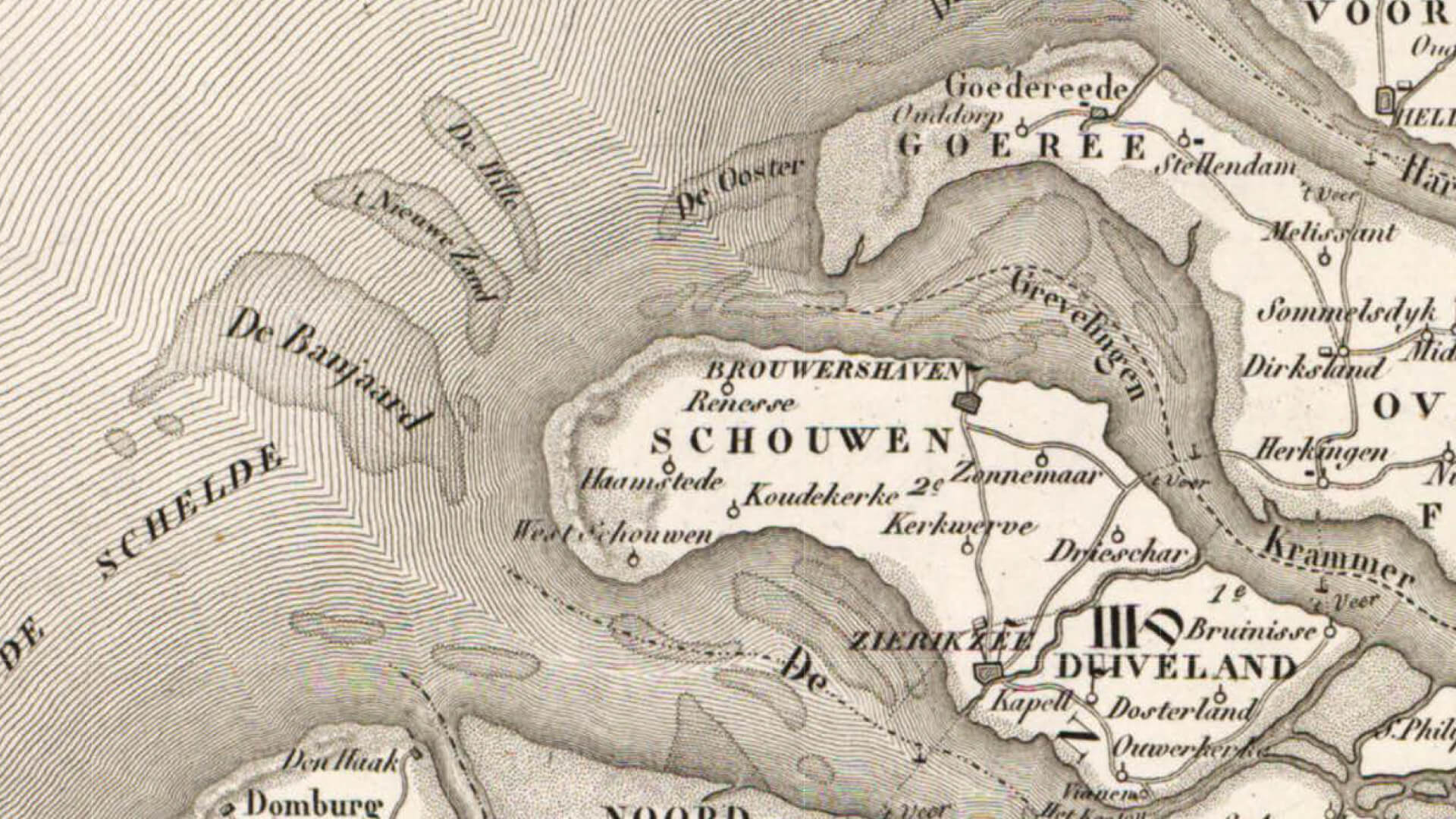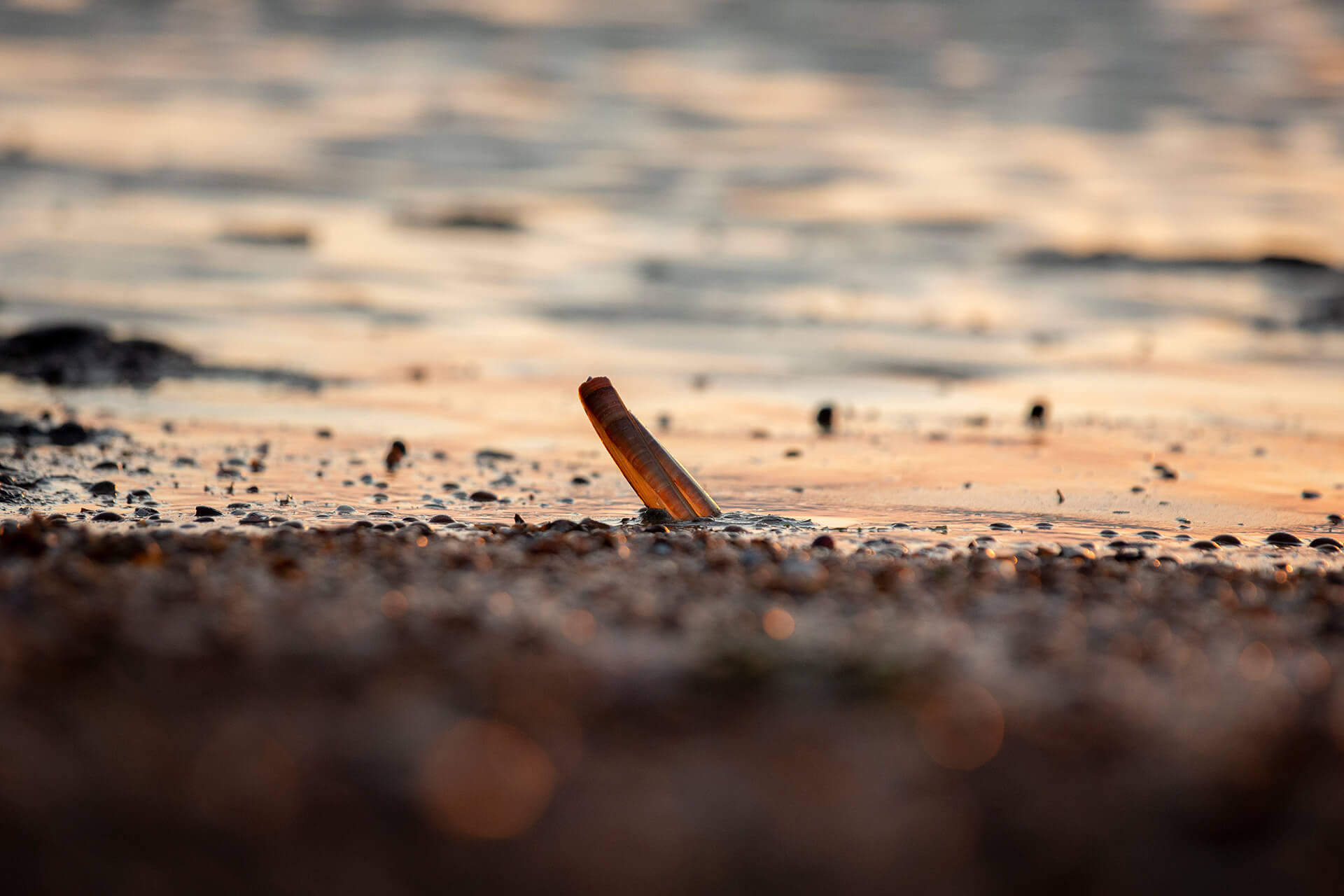Presentatie Waterkerend Kustlandschap ‘De Banjaard’ op de Gebiedsconferentie ZWD van 6 juli 2023
Presentatie Waterkerend Kustlandschap ‘De Banjaard’ e.a. op de Gebiedsconferentie ZWD van 4 juli 2024
"Geeft ons geen Oosterschelde dam, maar wat dan….?"

